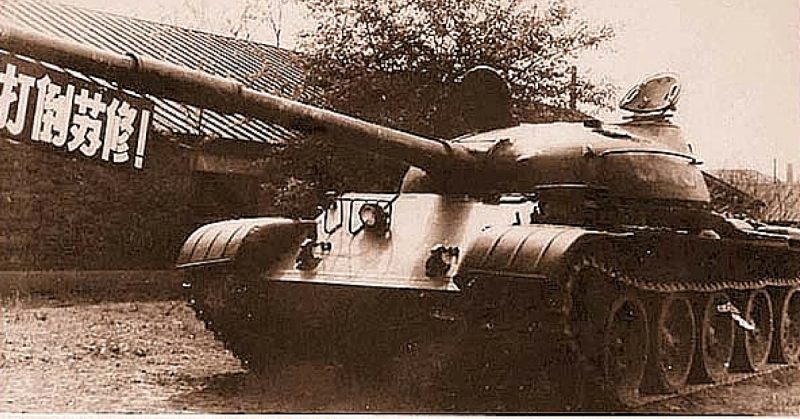In 1900, Russia signed the Treaty of Beijing which gave them Outer Manchuria and other Chinese lands. When both countries became communist, their nagging border dispute was swept under the rug, especially since China needed Russian technological expertise.
At least till Nikita Kruschev ruined it. In February 1956, he hosted the 20th Congress of the Communist Party and denounced Joseph Stalin as a monster, demanding reforms.
Mao Zedong, China’s head honcho, was shocked. He thought of Stalin as a comrade-in-arms. Worse, he believed that Kruschev was also attacking him, for Mao felt that purges and summary executions were necessary for China’s transition from its feudalist past.
Then in 1958, Kruschev wanted to install long wave radio stations along China’s coast to help guide Soviet submarines.
Mao was suspicious but agreed on the condition that China be given nuclear weapons. Kruschev balked, even though Chinese scientists had already received blueprints for an atomic bomb from their Russian counterparts.
The countdown had begun.
When Kruschev visited the US in 1959, Mao accused him of sucking up to capitalists. Things came to a head in 1962 when China used the Cuban Missile Crisis as an opportunity to occupy India’s Aksai-Chin region, and the USSR sided with India. But when Kruschev pulled Soviet missiles out of Cuba, Mao had had enough, and the official friendship between the two nations ended.
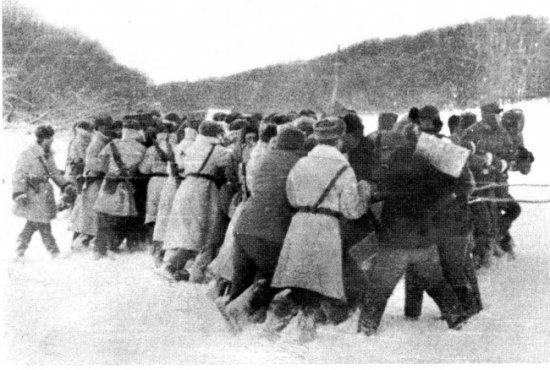
In 1964, Mao claimed that the Treaty of Beijing had been unfair. He demanded a return of territories under Soviet control, including Zhenbao (Treasure) Island, which the Russians called Damanski.
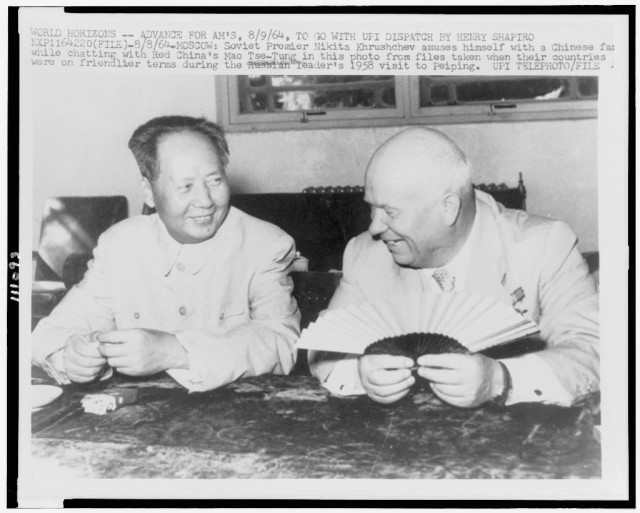
To mitigate increasing tensions, Kruschev agreed to hand over Zhenbao and other lands, but Mao screwed it up a few months later. During a speech, he jokingly said that he’d present Russia with a bill for their occupation of Siberia, the Far East, and Kamchatka. Kruschev was furious, so he nullified his agreement with Mao.
Chinese and Soviet troops began massing on the disputed border. Though technologically inferior to Russia, Mao was convinced that China’s superior numbers would far outweigh Russian technology. He was right.
When Arkady Nikolayevich Shevchenko (former Under Secretary General of the UN) defected to the US in 1978, he admitted that the USSR was terrified of China’s numbers. Shevchenko claimed that if Mao attacked, the Kremlin was going to launch nuclear missiles.
But Nikolai Vasilyevich Ogarkov, Marshal of the Soviet Union, cautioned against it. He knew they couldn’t nuke China without consequences to themselves. But while the Soviets thought of self-preservation, Mao did not.
Mao just couldn’t grasp how dangerous nuclear weapons really were, calling them “America’s Paper Tigers.” He was convinced that China’s vast size and numbers protected it from any possibility of nuclear annihilation. Still, he took no chances, so on October 16, 1964, China detonated its first atomic bomb in their test area.
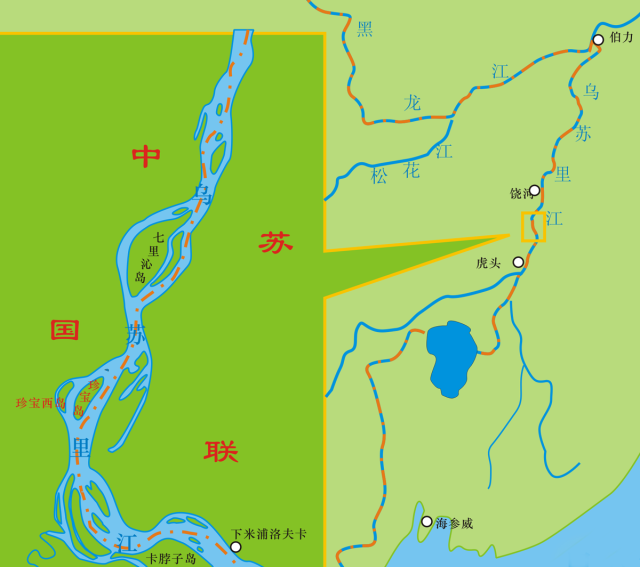
Things only got worse from there. According to the official Chinese version, some of their civilians were attacked by Soviet troops in border regions. Others who peacefully protested illegal Soviet occupation were allegedly run over by Soviet tanks.
The Soviets claim that Chinese soldiers began haranguing Soviet border posts, some by waving Mao’s “Red Book” at their faces. To de-escalate tensions, Soviet border guards were ordered to use sticks to push Chinese nationals back across the border.
The Chinese retaliated by using longer sticks, resulting in ridiculous jousts. Later, they sent martial artists and wrestlers to the border, since neither side wanted outright war nor to lose face.
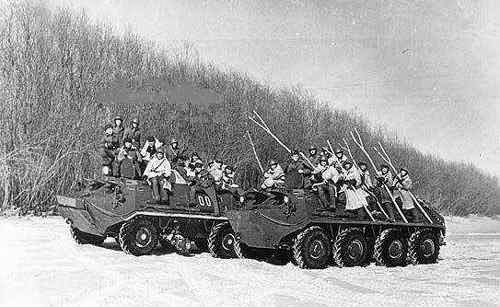
It all came to a head on March 2nd, 1969. In supposed revenge of murdered Chinese civilians, members of the People’s Liberation Army (PLA) attacked Soviet border guards on Zhenbao Island – killing 59 and injuring 94. The Soviets counter-attacked on March 15th by shelling the PLA on the Chinese side of the Ussuri River.
To take Zhenbao back, they sent in four of their newest weapons – the still-secret T-62 tanks. As they crossed the narrow frozen river, one ran over a landmine. The other three didn’t bother turning. They simply reversed back to the Soviet side.
A PLA soldier approached the damaged tank, opened the hatch, and found himself staring at the barrel of a pistol held by an injured Russian. The man fired, but his gun jammed, allowing the Chinese soldier to throw a grenade in. The Chinese wanted to tow the tank away, but sniper fire from the Soviet side prevented that.
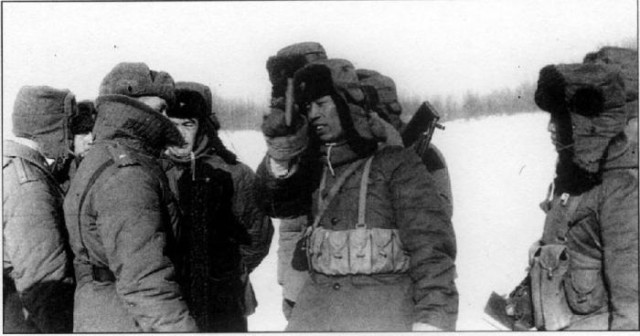
The following day, the Soviets returned to claim their dead, which the Chinese allowed. But when they tried to retrieve their tank, the Chinese fired, forcing them to retreat. On March 21st, the Soviets sent over a demolition team but were again beaten back by the Chinese.
With the Soviets gone, the Chinese navy was called in to help pull the tank onto the Chinese side. They arrived on March 28th, but were shelled, so the Chinese tried another tactic.
Using the tank and sniper fire as cover, engineers began dismantling the T-62. They were still at it on April 2nd when the ice began to melt. The Soviets took advantage of this by firing at the ice around the tank till it sank. Satisfied, they retreated.
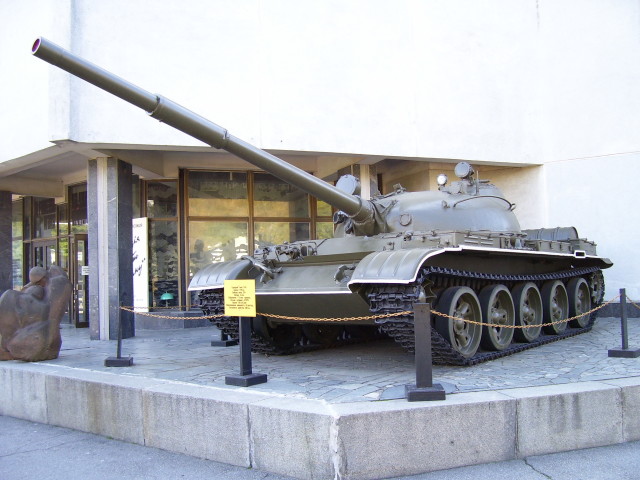
They ignored the Chinese navy who continued their efforts to salvage the tank but whose suits were ill-equipped for the freezing temperatures, causing many to die of hypothermia. By April 29th, the Chinese pulled the rest out and sent it to a tank factory in Lyshuen.
But the Soviets hadn’t given up on their tank. In mid-May, a Chinese saboteur was caught near the factory with a bag full of explosives. Under questioning, he admitted to working for the Soviets who wanted him to destroy the factory and the T-62. He was executed, of course.
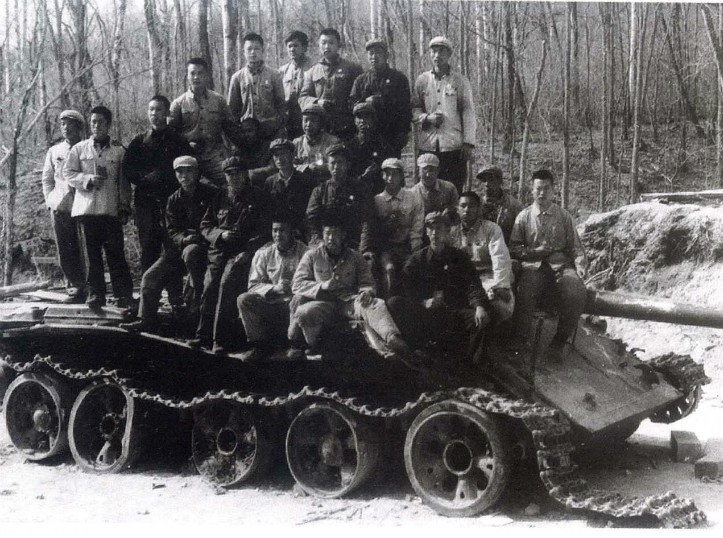
The tank didn’t turn the balance of power in China’s favor, but it accomplished something far more important. Mao realized that he couldn’t fight the Capitalist West and the Soviets at the same time, which led to a thaw in Chinese-US relations.
Only in 1991 was Zhenbao Island returned to China, but it was only in 2003 that the two nations finally delineated their borders.
